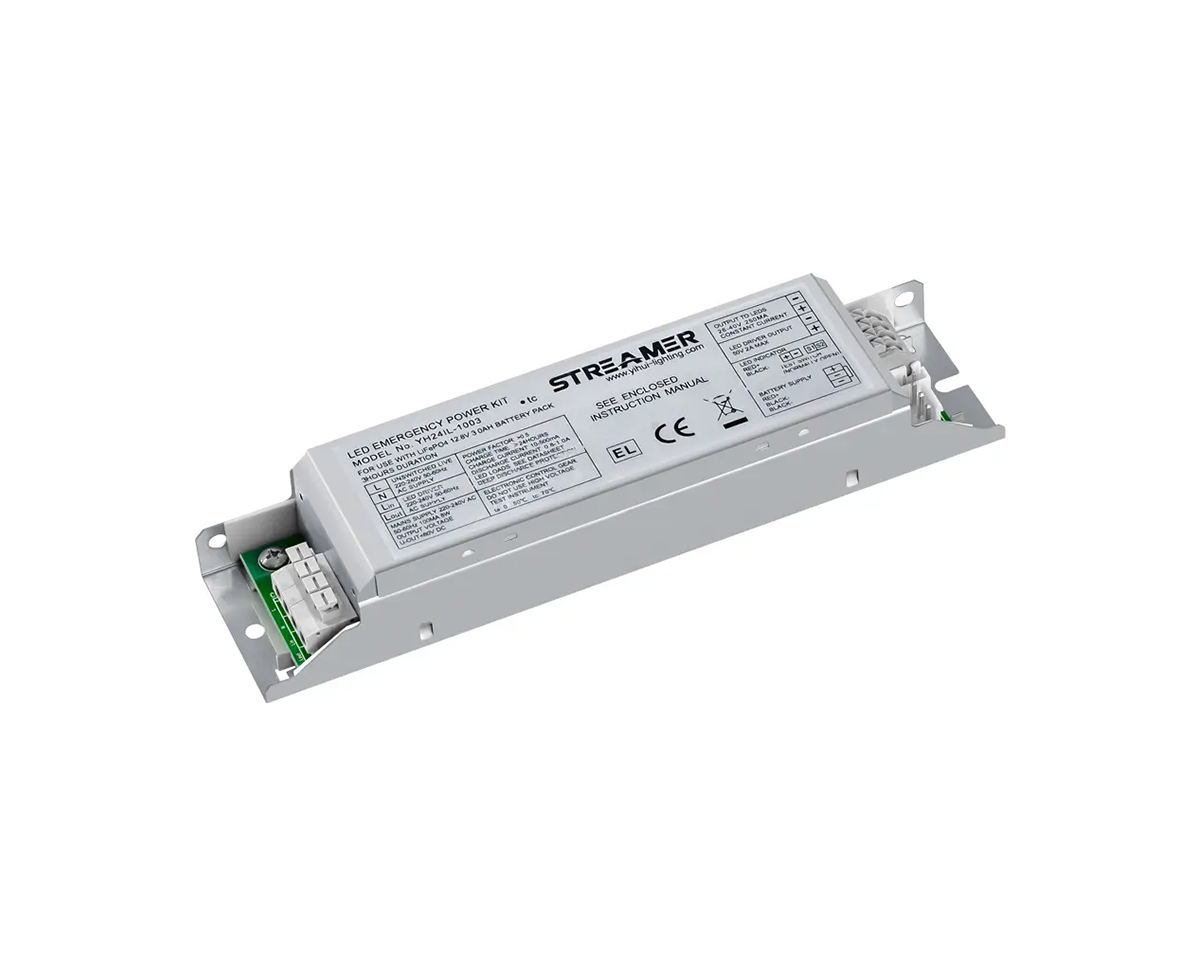 1
1
 Dec 12, 2024
Dec 12, 2024

A high-capacity emergency battery is designed to store a large amount of electrical energy, making it suitable for powering multiple devices or providing extended backup power. These batteries are essential in situations where a significant amount of power is required over a relatively long period. For example, in a household during a prolonged power outage, a high-capacity emergency battery can keep essential appliances such as refrigerators, freezers, and lights running for several days. It can also power heating or cooling systems, depending on the season, ensuring the comfort and safety of the occupants.
In commercial settings like offices and small businesses, a high-capacity emergency battery can maintain the operation of computers, servers, networking equipment, and other critical devices. This helps to prevent data loss and business interruptions. The capacity of these batteries is usually measured in ampere-hours (Ah) or watt-hours (Wh). Higher capacity means more energy can be stored and supplied. High-capacity emergency batteries are often made up of multiple cells connected in series or parallel to achieve the desired power output.
To manage the large amount of energy stored, high-capacity emergency batteries are equipped with advanced battery management systems. These systems monitor the state of charge, temperature, and voltage of each cell and balance the charging and discharging processes. This ensures the efficient and safe operation of the battery. Some high-capacity emergency batteries can also be recharged from multiple sources, such as the grid, solar panels, or generators. This flexibility in recharging options makes them even more valuable in emergency preparedness, as different power sources may be available depending on the situation.